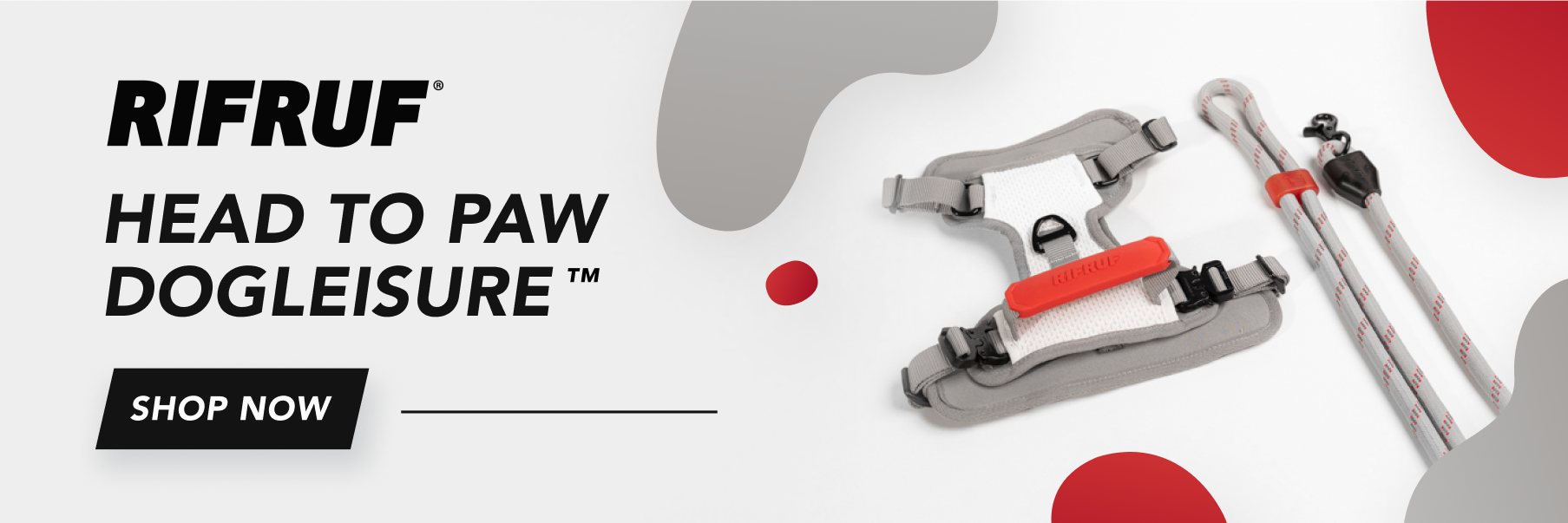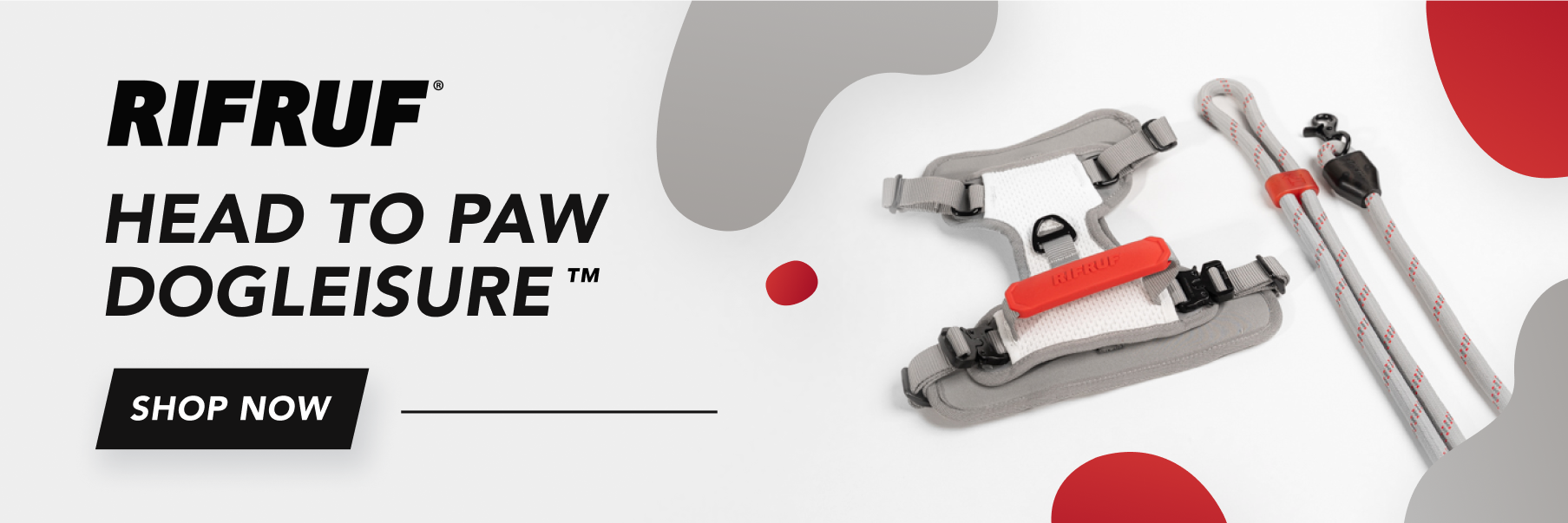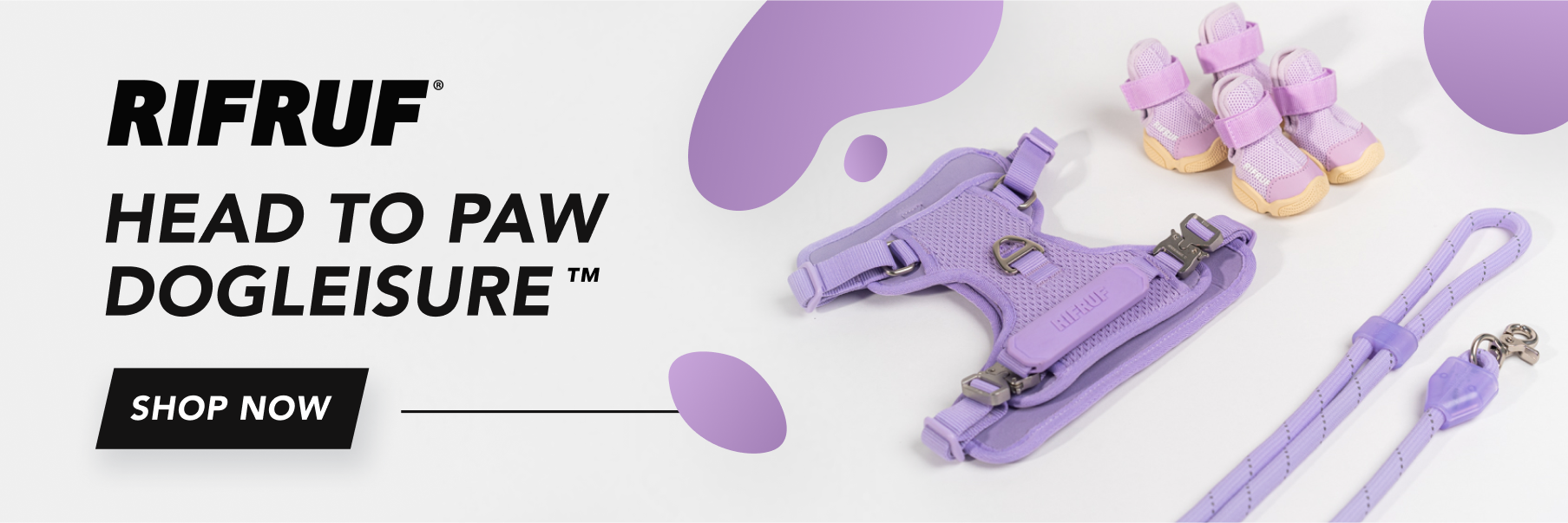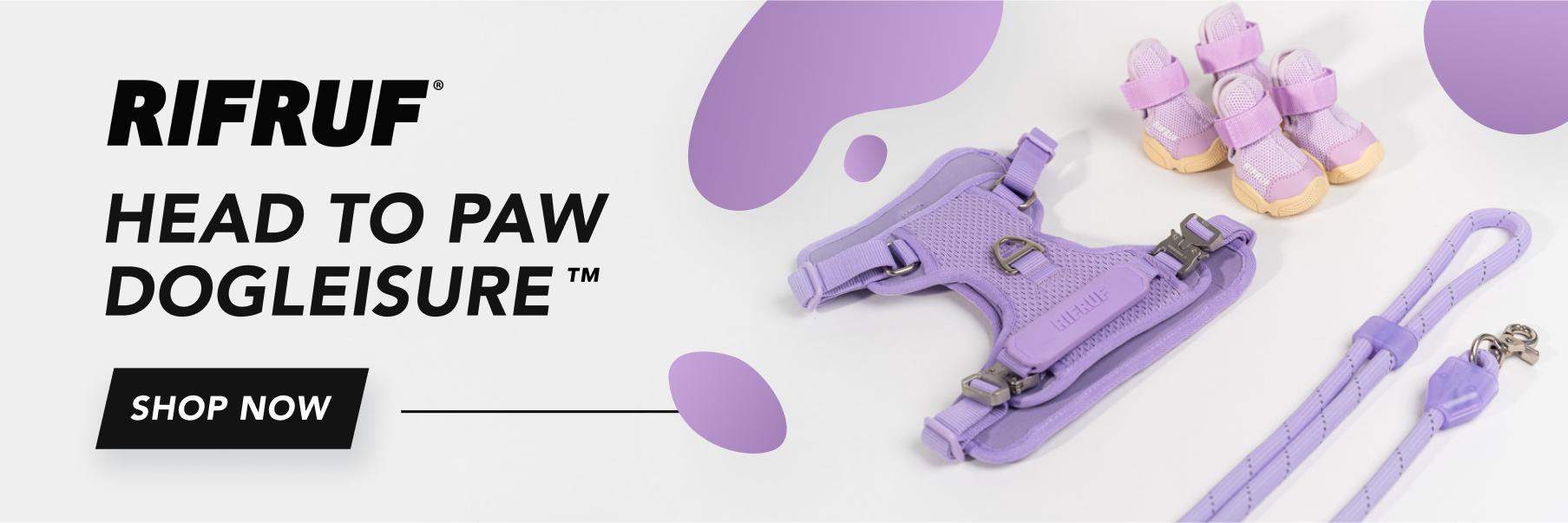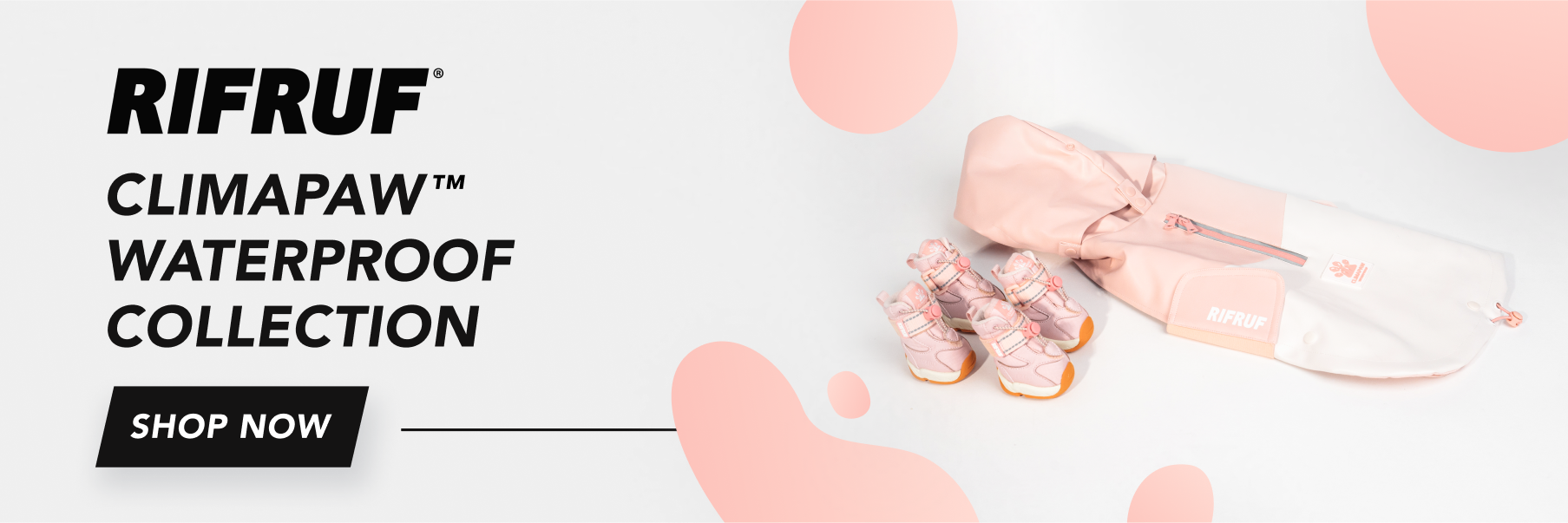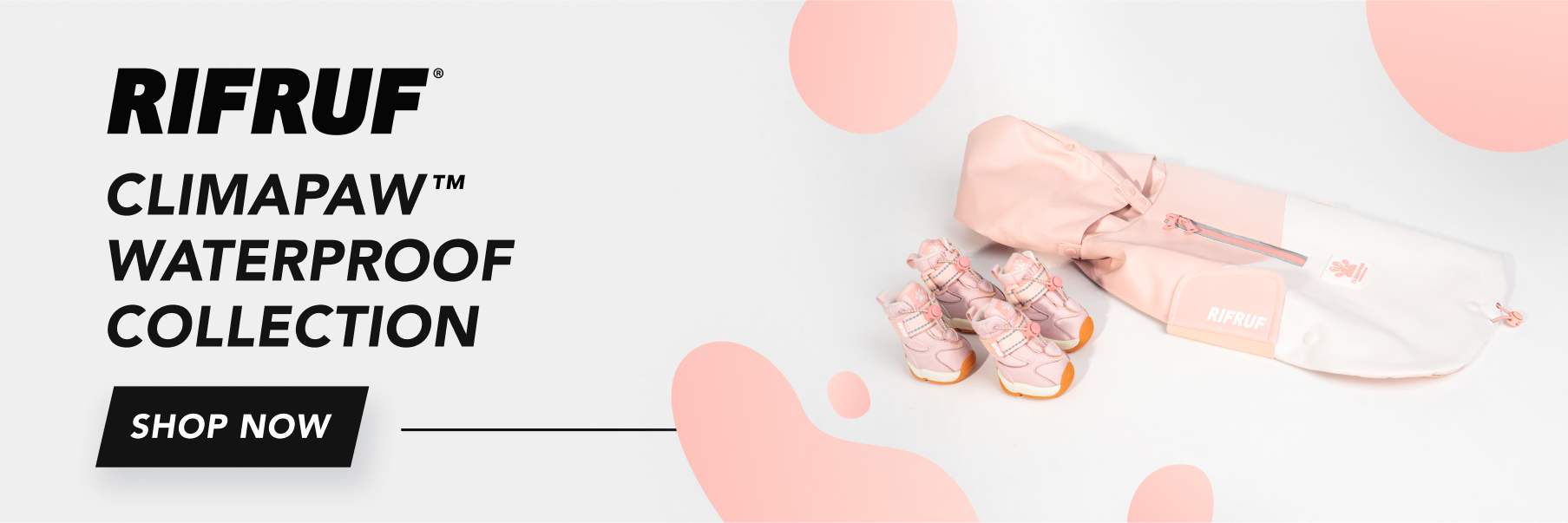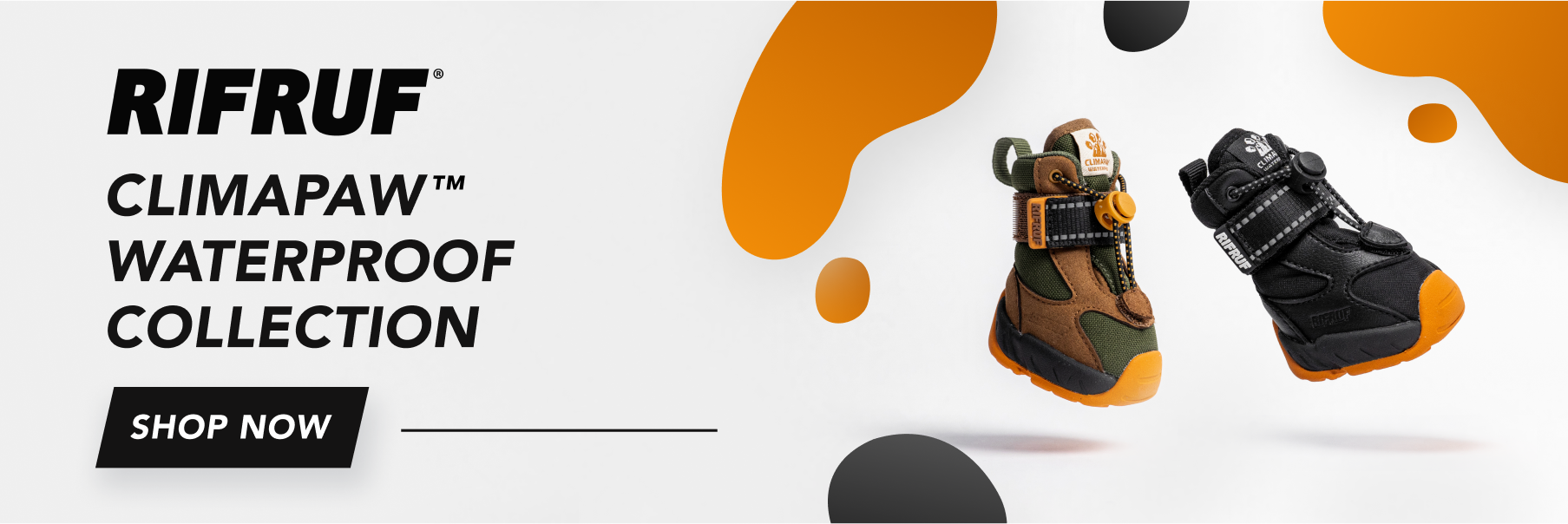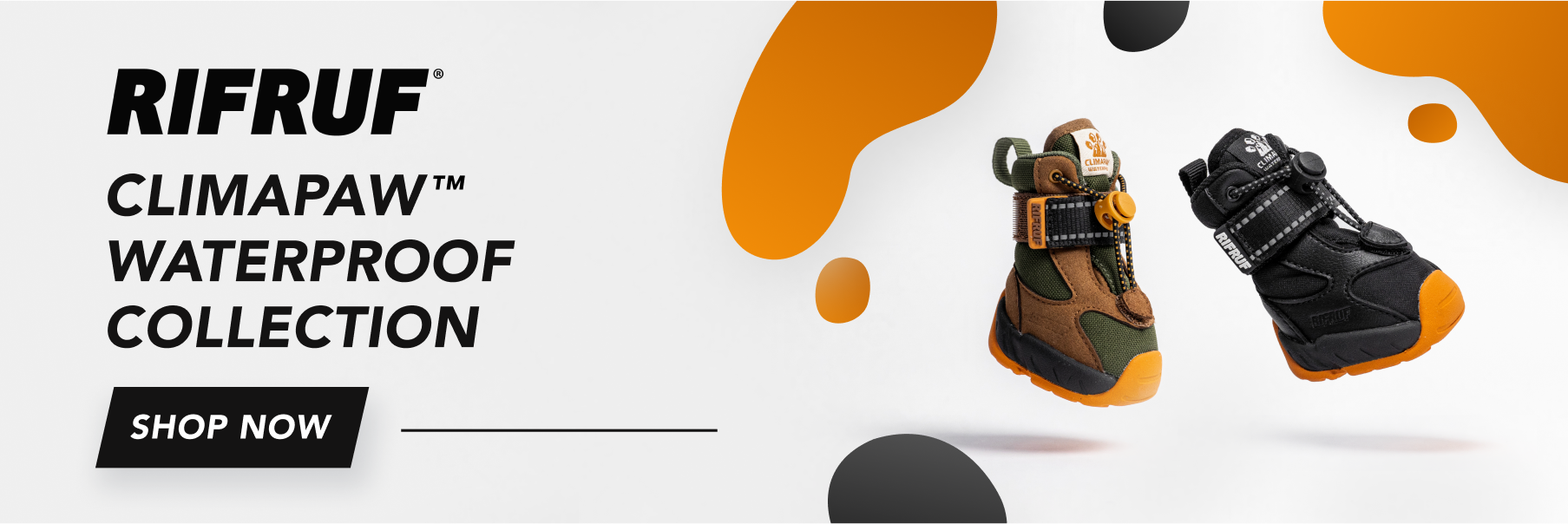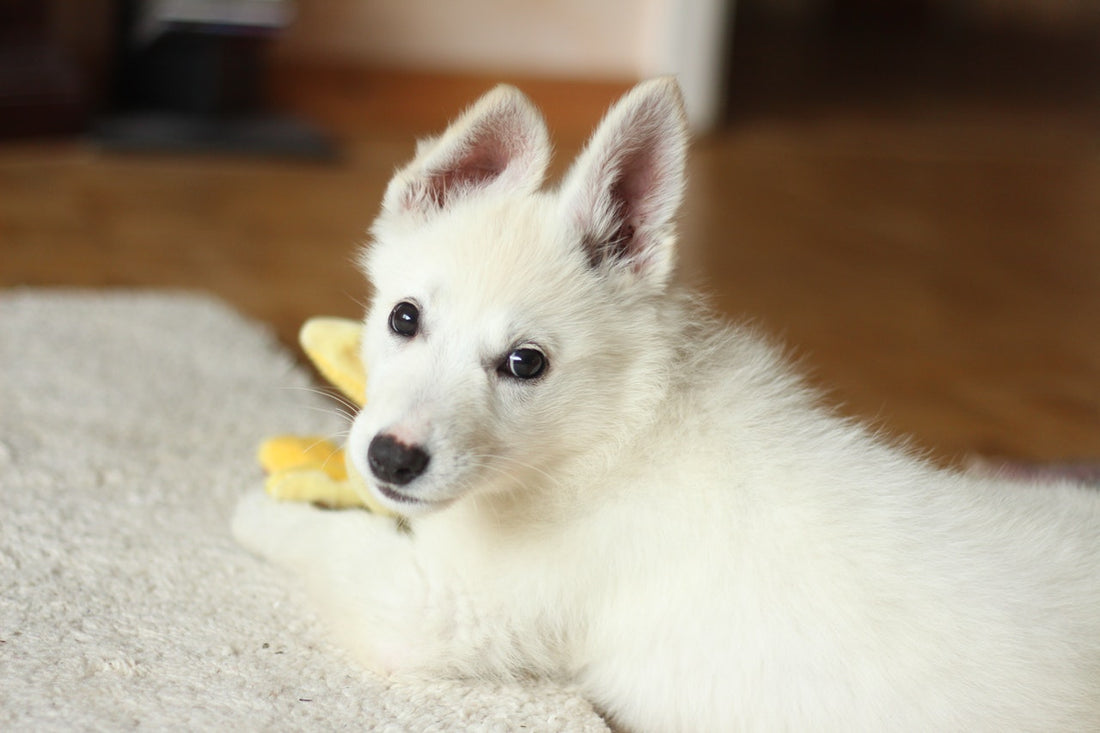Bringing home a rescue dog is a great thing. It makes you feel good, but it’s also a wonderful thing to do for the dog. The experience stirs lots of emotions, but there are real issues to be considered when rescuing a dog. The questions you have may seem endless, but with a bit of research and preparation, your experience can be a good one.
There is something called the 3-3-3 Rule for when you adopt a dog. It’s a general guideline of what to expect and when.
Related: How To Choose The Best Dog Leash For Your Dog
Understanding The 3-3-3 Rule for Your Rescue Dog

The 3-3-3 Rule is the phases or milestones you can expect from your rescue dog or new pup. The Rule represents the first 3 days, 3 weeks, and 3 months after bringing a new dog home. The phases aren’t written in stone; your dog is an individual and prone to do things their own way. But the Rule is a rough guide, making those early times of adjustment a little easier by giving you a framework of what to expect. But give your dog time and space to adapt to life with you.
3 Days
In the first three days, you’ll both feel a little overwhelmed. In fact, your new dog may feel so stressed that they don’t eat for a while. At first, they may feel so afraid that they just find a quiet place to curl up and hide. Or they may become overly active with lots of nervous energy. Try not to be too worried about that. You aren’t really seeing your dog’s true personality yet. Their fear, confusion, or over-excitement are only for the moment.
3 Weeks
After three weeks together, you’re both feeling more comfortable and more settled. Your dog is getting used to your schedule, their routine, and your home with all its unique smells and feels. You’re enjoying having a dog, but you’re also feeling the weight of the responsibility. Their true personality starts to show through, and behavioral issues may arise. This is when you’ll need to be up on good training practices.
3 Months
You’ve had a dog for three months now, and it feels good. You’re comfortable together, and you understand so many of each other’s little quirks. At this point, your bond is strong, and you couldn’t imagine not having this little guy in your life. Your dog feels secure with you and comfortable enough to be fully themselves. They know when to expect their meals, walks, etc.
Related: How to Show Your Dog You Love Them
First Things First

When you bring your dog home, and before you take them inside, introduce them to the outside of your home. Let them see where they’ll be going potty and give them a chance to run off any excess energy.
After they’re well acquainted with the outside, take them inside. Restrict them to one area for a time to not stress them too much. Keep them on a leash for the first few days. You don’t have to hold the leash or secure them to anything. The leash is so you have quick access to hold them if needed.
Tips to Prepare Your Home for a Rescue Dog
Before you bring home your rescue dog, here are a few things you should do to prepare the environment:
- You’re bringing your dog home, and you want to ensure they’re safe as well as comfortable. Go through the house and puppy-proof it. Look for anything your new dog will find enticing but could spell disaster. For instance, dangling cords make an attractive toy, but they could pull something heavy onto themselves if they pull on them. So, think like a curious pooch and look at things from their point of view. You may also fence off a part of the house, just for your dog to be.
- Buy an appropriately sized dog crate and put it somewhere quiet. The crate will make your new dog feel safe and protected until they know you and your family and their new surroundings. With everyone being excited to have a new dog in the house, your dog will need a place to escape it all and decompress.
- Remember to take your puppy-proofing powers to your backyard as well. Walk around outside of your home and check for anything that could harm your new dog. Ensure they can’t squeeze (or dig) under the fence or other structures. Make sure the gates can be closed and latched securely and that there are no small bits that a little dog could choke on.
- Buy all the necessities you’ll need for your dog. When your dog comes home, you want to already have a good supply of food, bowls, leash, collar, toys, and ID tag.
Are you looking for high-quality products for your dog? Visit RIFRUF to see our dog sneakers and other products.
Tips to Prepare Your Dog for a New Dog
But what if you aren’t a dog newbie? What if you already have a dog? Here are some tips for preparing your current dog for your new dog.
- Introduce the dogs outside before you bring the new one inside.
- Take them for a walk together and let them smell each other.
- Be very mindful never to allow the new dog to invade your current dog’s territory.
- For a time, keep the dogs in separate areas of the house.
- Wait a couple of days before the new dog is fully integrated into the family.
What Behaviors to Expect from Your Adopted Dog
More than the behaviors and temperaments of your dog's breed, an adopted rescue dog will have additional quirks you should know. Although you may expect your dog to appreciate having you and a lovely new home, this may take time. Here are some behaviors you can expect with a new rescue dog.
Aggression
Yes, one of their early behaviors may be aggression beyond what's typical for their breed. This could be because they've been rescued from an abusive or neglectful owner, or it may just be their response to the uncertainty of transition. They may eventually become possessive of you and become aggressive against anyone or thing that draws your attention. In any event, beware that your new dog could strike out at you or others. So, watch them with other household pets, your children, and your belongings.
Fearful
A harsh, aggressive owner will make a dog fearful and socially awkward. Your rescue dog may have had to hide or run away from situations like social settings or meeting up with other dogs. They may have developed a fear of people, other dogs, or noises. These could have been made worse by being in a rescue shelter with unfamiliar noises, smells, and other dogs. Fearful, awkward behavior may also indicate that your dog was poorly trained when they were young. You must be patient as you build their trust and confidence with consistent kindness and structure.
Poor Housebreaking
A rescue dog will almost surely have housebreaking issues at the beginning, so be ready to train (or re-train) your new dog gradually. Once you understand your dog's history and why they may have such poor housebreaking habits, you can begin to rebuild. Don't make things tough on your dog or yourself by setting high expectations at the outset. If your dog needs to be spayed or neutered, have it done right away. If they're experiencing submissive urination or anxiety, they need you to be kind, compassionate, and patient.
Destructive
Your new dog may try to cope with overwhelming emotions by becoming destructive. They could try to soothe or settle themselves by tearing into your living room upholster or digging through trash cans, or in your garden. Your dog will need a lot of attention and stimulation to keep them from becoming bored or anxious. Remember that being alone for too long can make a rescue feel lonely and destructive. Needless to say, harsh punishments will only make matters worse.
Resource Guarding
Resource guarding is when your new dog becomes aggressively defensive to keep you (or anyone) from taking a resource that's important to them. These resources could be their food, food bowl, toys, bed, treats, or even a person. This behavior is natural to many dogs, not just rescue dogs. So, you should be prepared to deal with it by reassuring them that your home isn't a competitive environment and that you will always provide them with the things they need. Research ways to deal with this behavior positively and effectively.
Related: How To Keep Your Dog Entertained At Home
Conclusion

Getting a dog from a rescue organization is a wonderful thing to do for the dog and yourself. You will, of course, want to show your new dog off, but resist the urge. Keep things quiet at home for a while to give your dog some time to decompress and relax. Be sensitive to your new dog’s stress and anxiety. Be understanding, show them lots of love, and give them time to adjust to life with you.
Are you looking for a company that loves dogs as much as you do? That’s us! Visit RIFRUF to see our growing product line.

